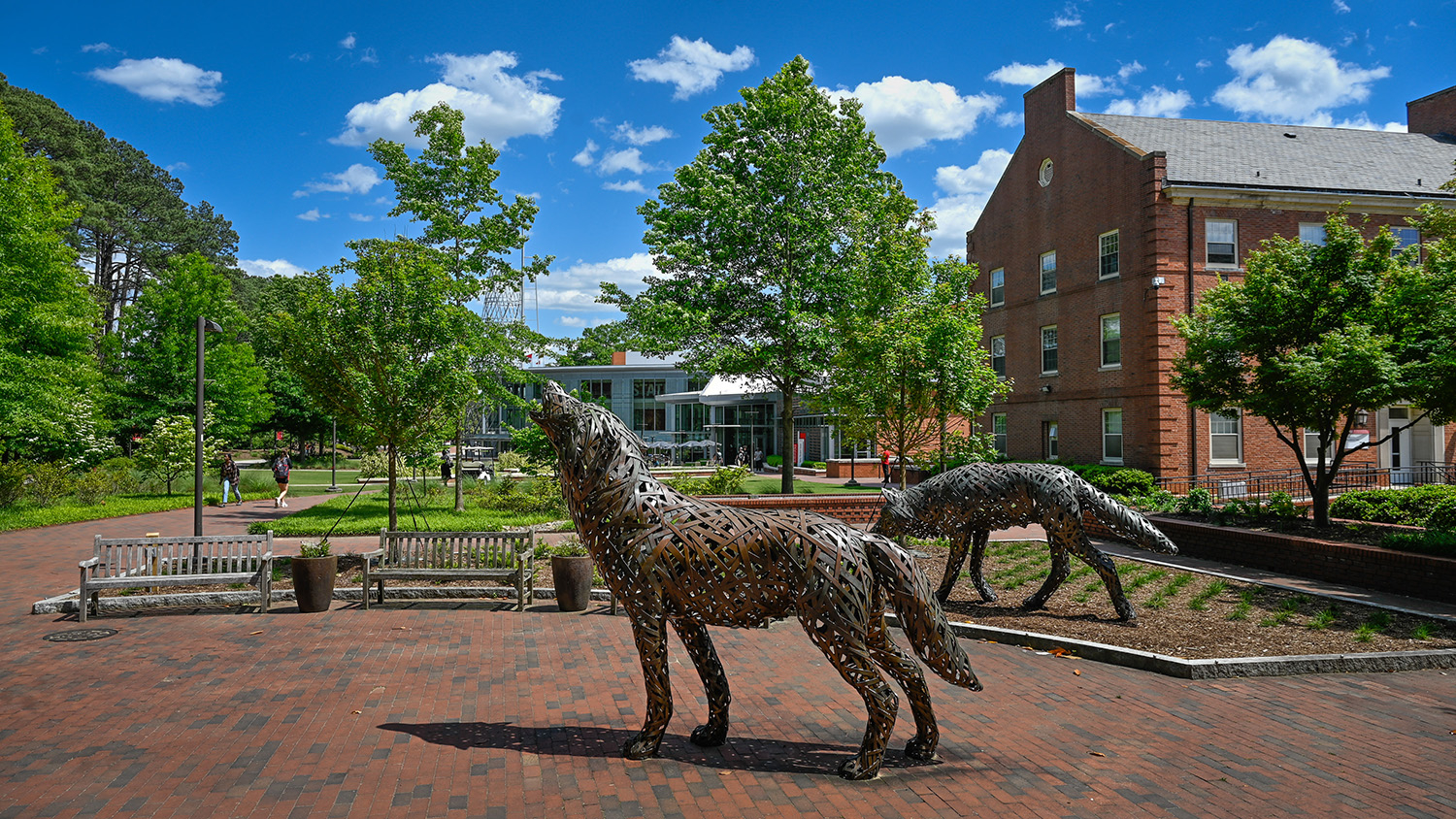No Laughing Matter
Maybe they should update “12 Angry Men.” The amount of laughter in the jury room during a capital murder trial was what struck Dr. Joann Keyton, a communication professor at NC State.
“Laughter is something that occurs frequently, and not only because something is funny,” Keyton says. “Nobody in the jury was laughing at jokes.”
However, laughter played a serious role in how jurors developed relationships and found support for their points of view.
Are You Laughing with Me?
Keyton and Dr. Stephenson Beck from North Dakota State pored over the only juror transcript available for research: a 2004 Ohio trial involving two murder charges and multiple drug counts.
“When juries form, they don’t know each other,” Keyton says. “So part of the jury process is to create relationships within the group—for example, figuring out who thinks like me, who will have the same position I have. There are power dynamics at play.”
As an example, one juror who had made it clear she opposed the death penalty decided to agree with other members on an issue. “She’s so smart,” another panelist said, drawing laughter. “That had the effect of further distancing her from the rest of the jury,” Keyton says.
During deliberations, jurors became confused about whether a sentence for one of the charges was for 30 days or 30 years, leading to laughter. “Laughter allowed the jurors to release some tension, while also allowing them to acknowledge they had made an error—so they could move forward with that error corrected,” Keyton says.
Keyton and Beck’s findings are included in a special issue of Small Group Dynamics.
“Laughter is natural, but we try to suppress it in formal settings,” Keyton says. “So when it happens, it’s worth closer examination.”
- Categories:


